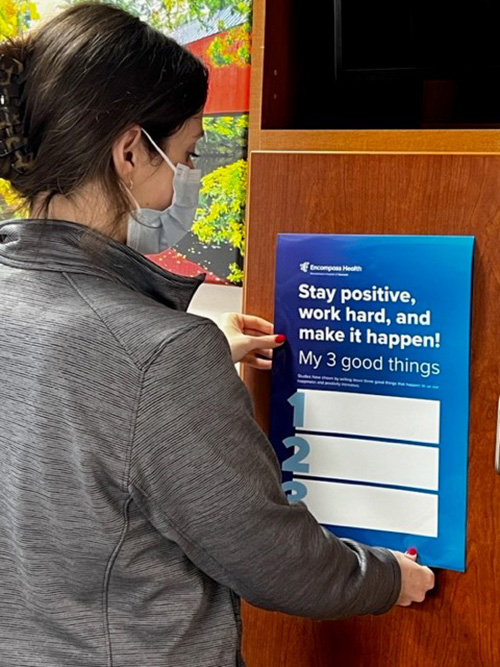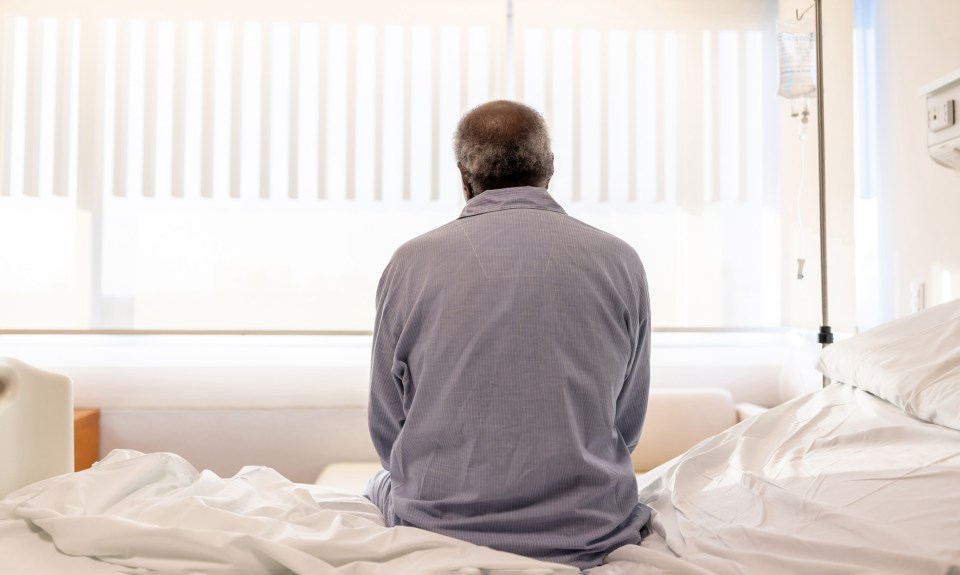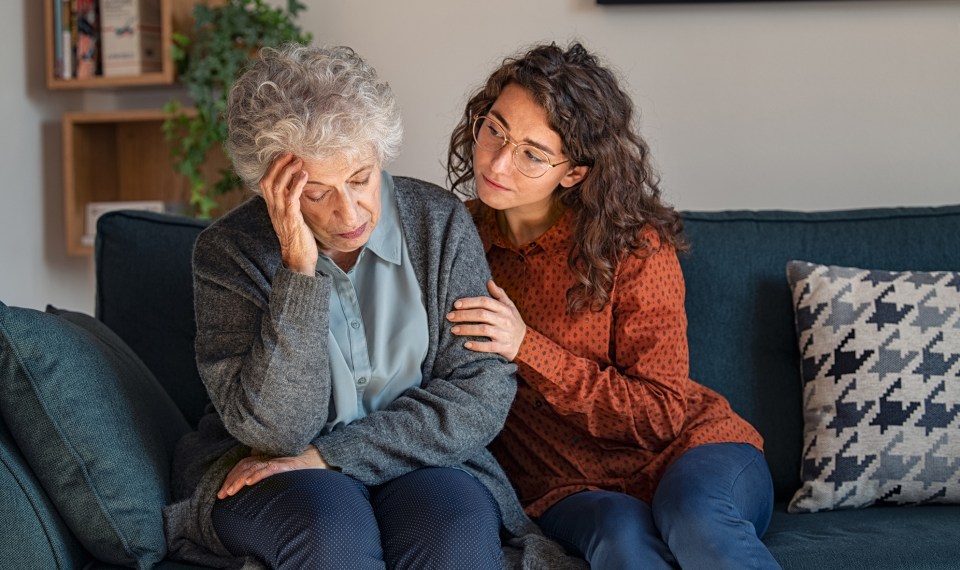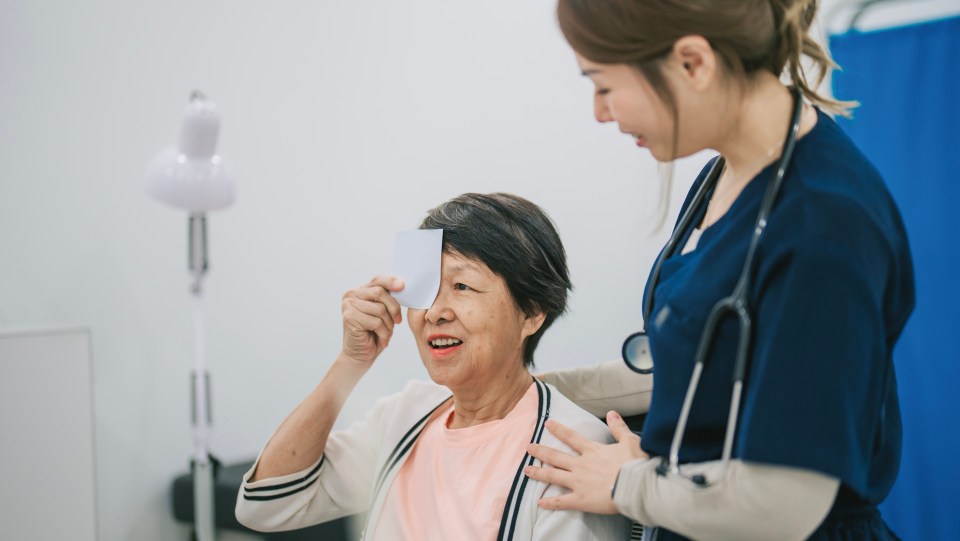After a stroke, many patients experience depression. According to the American Heart Association/American Stroke Association, 30 to 50% of all stroke patients have some level of depression, which could impact their recovery and progress.
While medications may be needed to help patients cope with post-stroke depression, there is evidence that positive thinking can go a long way in helping patients with depression after a stroke or other serious injury or illness.
Symptoms of Post-Stroke Depression
A stroke is a life-changing condition, and for many patients, the recovery process seems insurmountable. Tasks that used to come naturally are now difficult and must be relearned. This can leave patients feeling depressed. But while many are quick to talk about pain or weakness, they might not be as likely to talk about feelings of sadness and depression.
Signs that your patient could be experiencing depression include:
- Loss of appetite
- Difficulty sleeping
- Lack of motivation to recover and get better
- Easily irritated
- Lack of interaction with visiting family and friends
If you notice these signs in your patient, medication is only one approach. Another to consider is redirecting their negative thoughts to something positive. To assist those recovering from a stroke who are also experiencing depression, Encompass Health Rehabilitation Hospital of Concord in New Hampshire adopted a positivity stress management technique known as the Three Good Things Model.
What is the 3 Good Things Model?
As an inpatient rehabilitation hospital, approximately 25% of Encompass Health Concord’s patient population includes those recovering from stroke. Karen Newpower, director of the hospital’s therapy operations, said they wanted to address post-stroke depression and looked to various research before landing on the Three Good Things Model.
“This is basically focusing on three positive things that happened each day,” she said. “We started with stroke patients, but this could be used for anyone recovering from a serious illness or injury. They all have a risk of depression because they’re going through so many changes.”
The Three Good Things Model was developed by psychologist Martin Seligman. The model is simple and is geared toward refocusing a patient’s thinking from negative to positive in three steps:
- Think of three good things that happened at the end of each day
- Write them down
- Reflect on them and your role in making them happen

The 3 Good Things Model and Patients Diagnosed with a Stroke
At Encompass Health Concord, a speech language pathologist will determine if a stroke patient is cognitive enough to participate. If the patient is, their occupational therapist will provide them with a Three Good Things poster cling in their room, where members of their care team will work with them to write down three good things that happened to them that day.
“It can be their wife coming to visit, or it could be accomplishing a certain number of steps during their therapy,” Newpower said. “All disciplines—not just therapy—are asking what should be on the list. I think, honestly, it brings us all up.”
Currently, the hospital is only using the Three Good Things Model with stroke patients, but based on the success during the first year of implementing it, Newpower said she believes they will extend it to other patient populations in the future.
“Stroke was our pilot, but we do hope to roll it out to the general patient population,” she said. “It’s a nice practice for both the patients and our staff.”
The content of this site is for informational purposes only and should not be taken as professional medical advice. Always seek the advice of your physician or other qualified healthcare provider with any questions you may have regarding any medical conditions or treatments.



